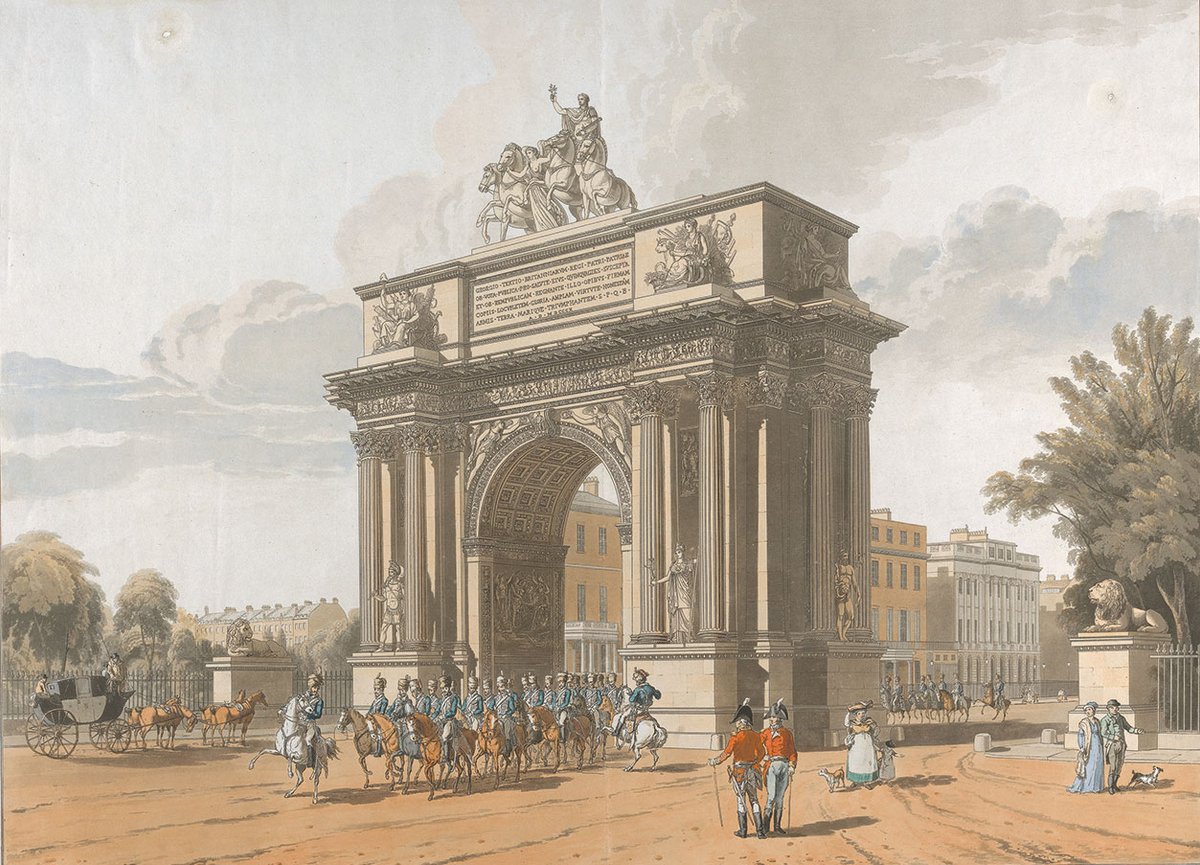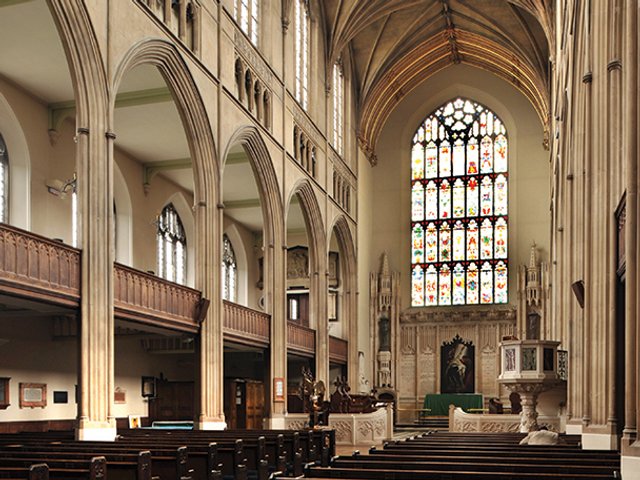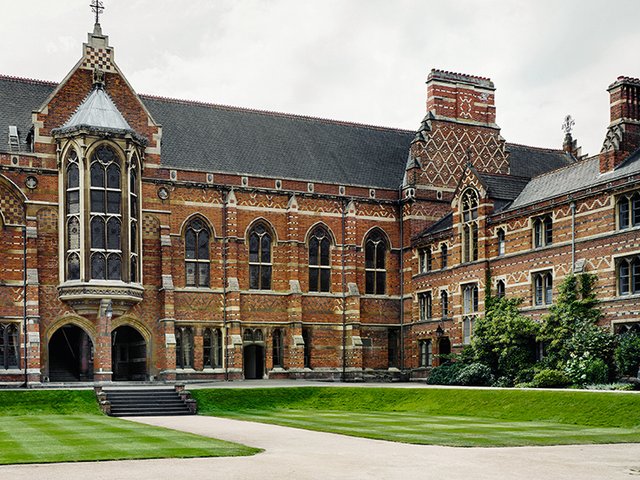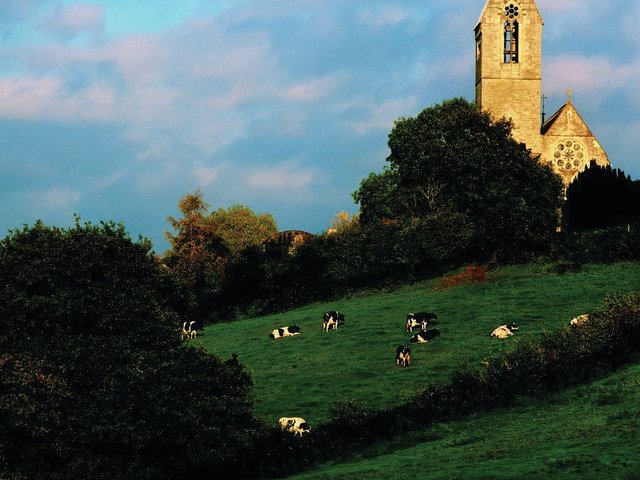Decimus Burton (1800-81) was the tenth son of James Burton, a Scotsman who became a successful London builder, in whose office Decimus started to work at the age of 15. Burton senior backed John Nash for his Regent’s Park scheme, and Decimus designed the Holme, a villa for his father, at the age of 18. He went on to design Cornwall and Clarence Terraces, and several villas. All are in the rich and scenographic Classical style associated with Nash. One of his most attractive works, again in collaboration with his father, is the Calverley Park estate of villas at Tunbridge Wells in Kent, where the landscape and wooded backdrop give an impression of countryside absent at Regent’s Park.
Decimus Burton’s best-known work in London is probably the gentleman’s club, the Athenaeum, a richly dignified palazzo. Paul Rabbitts draws particular attention to his work for nearby Hyde Park, which included the screen and Wellington Arch at Hyde Park Corner. Burton also worked in Gothic, though he had little sympathy with the Gothic Revival, producing houses and churches in a style prior to that of A.W.N. Pugin.
The churches were described by the architectural historian Howard Colvin as “among the least attractive of their period”. At landowner and developer Peter Hesketh’s new town of Fleetwood in Lancashire, Burton built a hotel, a terrace, a church and two lighthouses, but, handsome as these were, the project was a failure, owing to a lack of financial investment and loss of the Scottish trade.
Clear winners
Perhaps his most remarkable creations were glasshouses. The Great Stove at Chatsworth (sadly demolished in 1920) was a rather unsatisfactory, and not clearly documented, collaboration with Joseph Paxton, though the result was astonishing. Here Rabbitts is able to draw on the fascinating biography of Paxton by Kate Colquhoun (A Thing in Disguise, 2004). The large conservatory for the Royal Botanic Society in the Inner Circle of Regent’s Park was the work of Burton alone, collaborating with the Dublin ironmaster Richard Turner: the curvilinear glasshouse was a great improvement on the timber ridge and furrow one designed by Burton with Robert Marnock.
Burton designed impressive conservatories for private houses, including the elegant Italianate Grimston Park in Yorkshire, and also one for Glevering Hall in Suffolk (now in desperate need of restoration). The charming one at Grove House in Regent’s Park follows the precepts of Scottish botanist John Claudius Loudon (1783-1843). The most impressive was the Palm House at Kew Gardens, where Richard Turner had produced an elaborate Gothic design that was much improved by Burton’s elegant, “styleless” alternative. He later designed the even larger but less striking Temperate House.
In his Country Life article (8 May 1969), Christopher Hussey wrote that Burton’s architecture had the “gentlemanly reticence said to have been his most noticeable characteristic, soundly built and thoughtfully planned”. This is not the warmest of accolades, but Burton was a prolific designer of significant structures, both public and private. He certainly deserved to have a monograph, and Rabbitts’s is thorough and well illustrated. He is perhaps too ready to quote other authors, where one would have preferred his own authorial voice.
• Paul A. Rabbitts, Decimus Burton, Gentleman Architect, Lund Humphries, 208pp, 60 colour & 80 black and white illustrations, £45 (hb), published 10 December 2021
• Peter Howell taught for 35 years in the department of classics at Bedford and Royal Holloway Colleges, and was the chairman of the Victorian Society from 1987 to 1993. His latest book, The Triumphal Arch, 2021, is published by Unicorn Publishing






